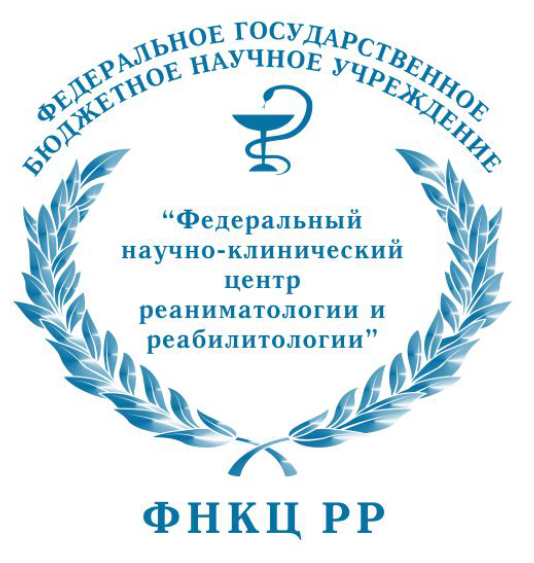
|
ИСТИНА |
Войти в систему Регистрация |
ФНКЦ РР |
||
Fine structure of the alimentary tract of Sphaerolaimus balticusдоклад на конференции
- Авторы: Fedyaeva M.A., Tchesunov A.V.
- Международная Конференция (Симпозиум) : XII Международный симпозиум Российского общества нематологов "Нематоды и другие линяющие организмы (Ecdysozoa) в процессах возрастающего антропогенного воздействия на экосистемы"
- Даты проведения конференции: 30 июля - 6 августа 2017
- Дата доклада: 2 августа 2017
- Тип доклада: Стендовый
- Докладчик: Fedyaeva M.A.
- Место проведения: Нижний Новгород, Россия
-
Аннотация доклада:
Sphaerolaimus balticus (Monhysterida, Sphaerolaimidae) is a predatory nematode species common in the intertidal zone of the White Sea, northern Russia. S. balticus mainly feed upon other free-living nematodes that comes from analyses of the gut content and from direct observations. Buccal cavity is voluminous barrel-shaped. Unlike that of most other marine nematode species, the major part of the buccal cavity is actually a cheilostome formed by only somatic cuticle and differentiated into divisions: hemispherical labial division, truncate conical striated division composed of about 30 longitudinal ribs grouped in six sets, spacy division formed by broad “shagreen” band with posterior circular ridge. The latter consists of six lobes with outgrowths of arcade tissue between them. Pharyngostome formed by pharyngeal cuticle consists of narrow gymnostome enveloped by arcade tissue and cup-shaped stegostome whose cuticle continues gradually to the internal lining of the pharynx. By capturing a prey nematode, the mouth opens due to contraction of longitudinal body wall muscles. By relaxation the muscles, the mouth grips a prey by longitudinal ribs bringing together. Pharynx has wide triradial lumen, its cuticle unequally thickened forming a trefoil-shaped pattern. Gut cells contains a lot of lipid drops and various lysosomes. Long and dense microvilli are covered by a complex three-layered glycocalyx. The study is supported by Russian Fund of Fundamental Researches, grant N 15-04-02597. Faculty of Biology, Lomonosov’s Moscow State University, 119991, Russia. E-mail: AVTchesunov@yandex.ru
- Доклад на конференции выполнен в рамках проекта (проектов):
- Добавил в систему: Чесунов Алексей Валерьевич